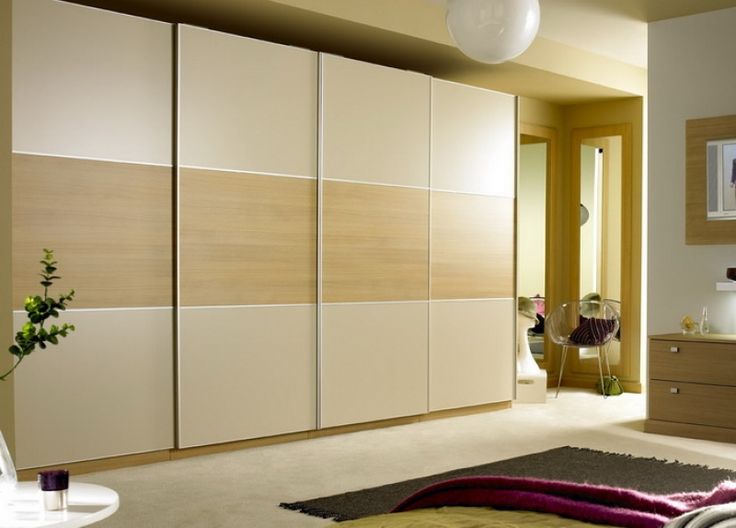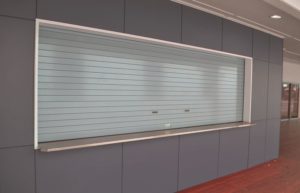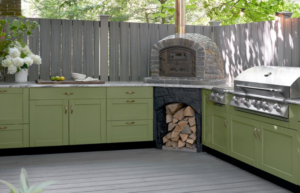The Top 4 Wardrobe Organisation Tips From The Experts

It’s no secret that spending more time indoors during the coronavirus-enforced lockdown has made many homeowners realise how disorganised their homes are. With nothing else to do, more individuals find themselves tendering to potted plants, mowing their lawns, and upgrading their décor to make their households more presentable and livable.
Wardrobes, despite their importance, are one area that many homeowners tend to overlook when overhauling their interiors. The reason? People find it time-consuming and tedious to rearrange outfits and get rid of clutter.
If you’re reluctant to start organising your wardrobe, here are valuable wardrobe organisation tips from experts that you’ll find encouraging.
Clear Out What You Don’t Need
Before anything, go through every item inside your closet and place it into any of the following categories – sell, customise, or toss. If you find an item no longer helpful, you might consider selling it to recoup some profit or donate it to a charity.
If it’s still usable, you might want to customise it. For instance, you can turn an old pair of trousers into shorts, a sleeved top into a sleeveless one, etc.
For irreparable items, it is best to toss them in the garbage. When doing this, remember to dispose of them responsibly.
Edit Your Wardrobe Continuously
Once you remove the clutter, you don’t want to return to that situation. For this reason, experts recommend adopting a one-in-one-out policy. Whenever you buy a new outfit, get rid of an old one. If possible, try removing two or more.
The essence of going through your closet continuously is straightforward. Adding clothes without removing others tricks you into thinking you have several outfits to wear, but in reality, you have a pile of clutter. By checking off, you prevent this and make finding whatever you want to wear easier.
Grouping Outfits
It is easier to choose your attire for the day when you organise your closet neatly. An intelligent way of doing this is by grouping your clothes. Precisely, arrange them by colour, type, occasion, and season. For instance, if you’re in the formal sector, your workplace garments should go on one side, sorted by style and colour.
Additionally, you can choose to group your garments according to the occasion. For instance, you can store casualwear in one corner, gym clothes in another, and formal apparel in one space.
Lastly, group your attires according to type. Shirts should go to the hanging rail, shorts and trousers on shelves, and smaller pieces like socks and underwear in drawers. Adopting this approach ensures that you don’t waste time looking for what to wear.
Know What to Fold and What to Hang
It’s vital to differentiate between the outfits that need hanging and those that need folding. Generally, shirts, pants, jackets, dresses, and skirts should go to the hanging rail.
On the other hand, jumpers, hoodies, sweaters, and t-shirts are best stored when folded. Hanging such clothes expands and alters their intended shape. Even worse, it can shorten their lifetime.
Wrapping Up
You can’t undermine the importance of having a well-organised wardrobe. First, it makes your bedroom relaxing and presentable, as you won’t have an unsightly mess. Second, and more importantly, you will have an easier time looking for what to wear. It’s improbable that you’ll be late for your next appointment.
Read Also:
What to Look for in a Wardrobe Supplier
Makeover Tips for The Bedroom





